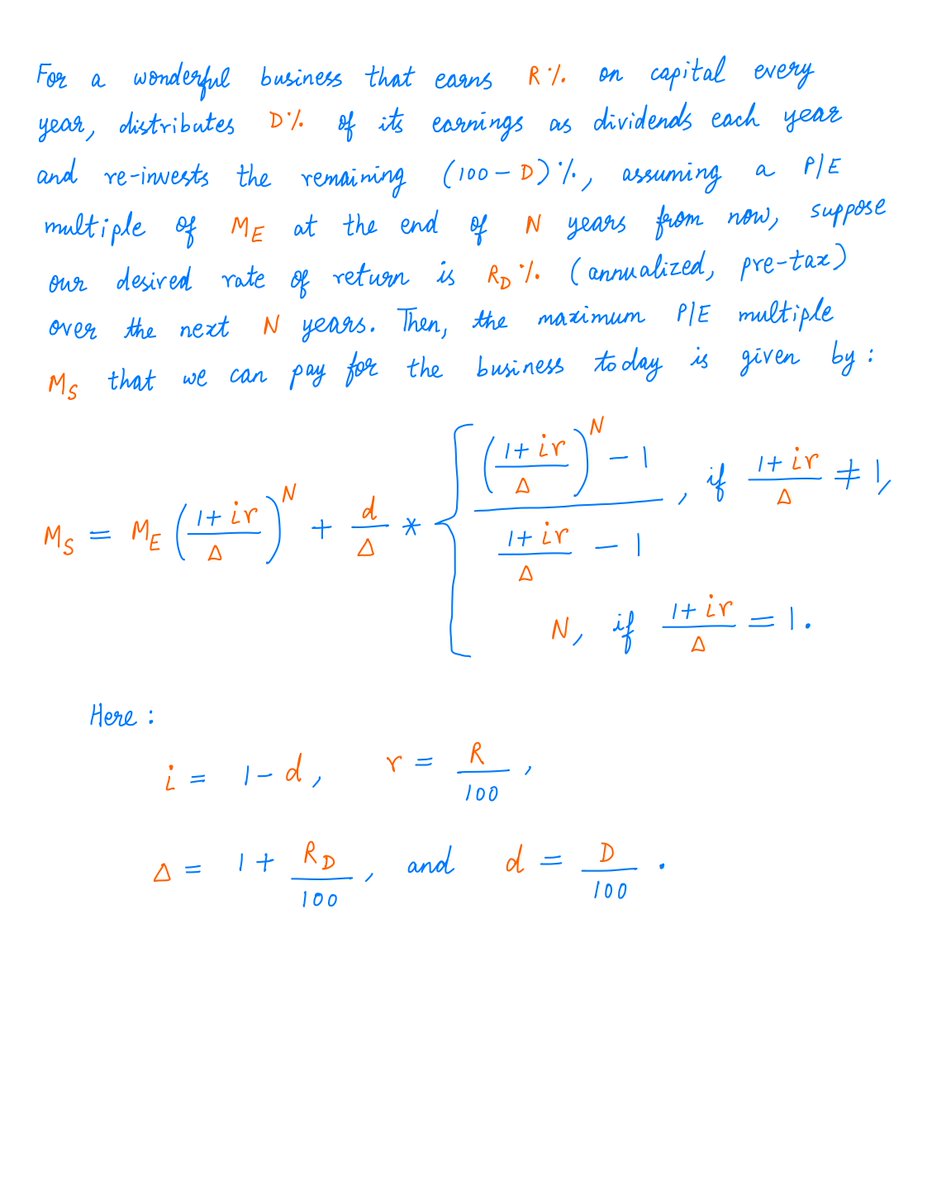 menu
menu menu
menu



 10-K Diver @10kdiver1/
Get a cup of coffee.
In this thread, I'll help you understand Warren Buffett's famous quote: it's better to buy a wonderful business at a fair price than a fair business at a wonderful price. twitter.com
10-K Diver @10kdiver1/
Get a cup of coffee.
In this thread, I'll help you understand Warren Buffett's famous quote: it's better to buy a wonderful business at a fair price than a fair business at a wonderful price. twitter.com









 Pay what you can
Pay what you can